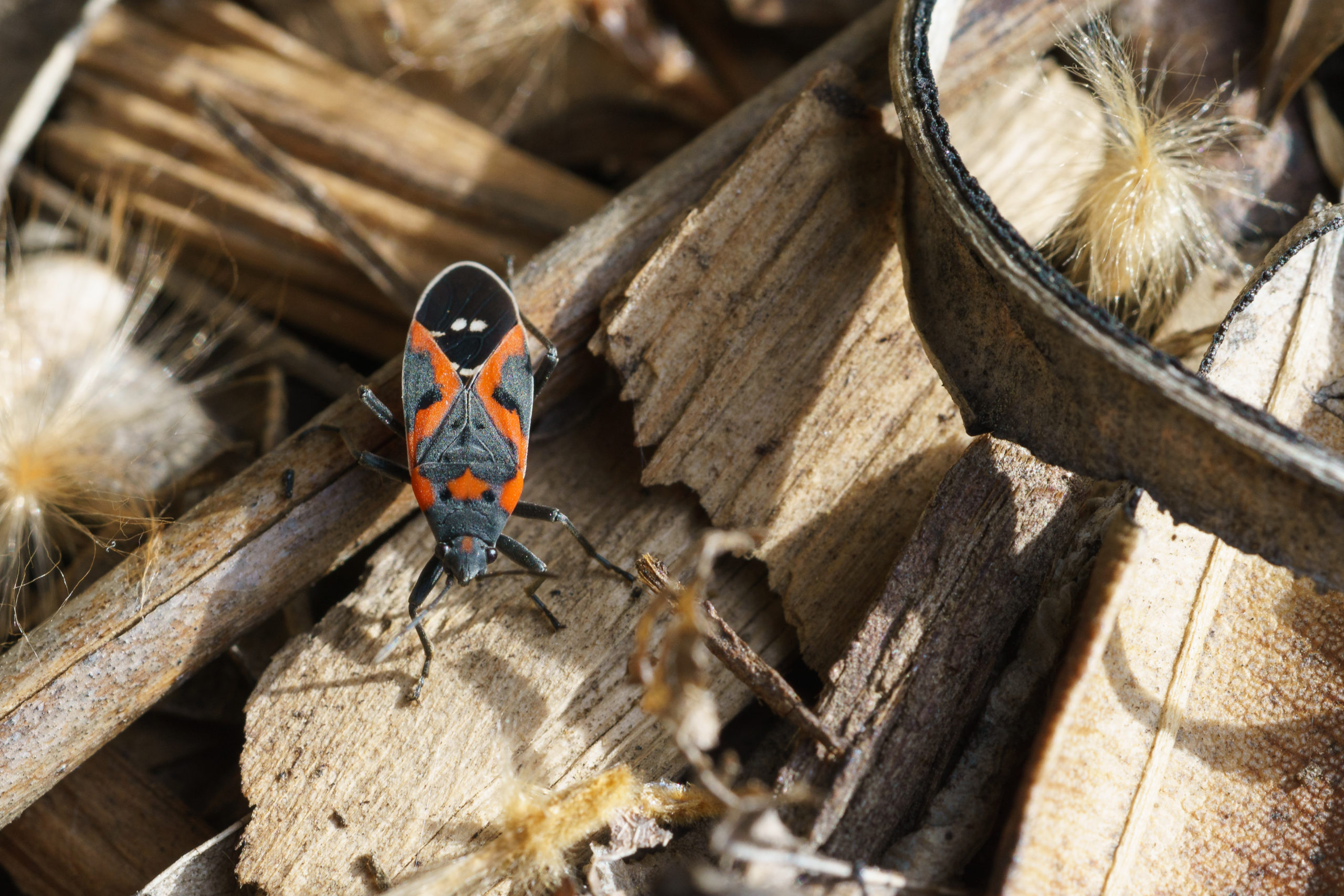Preparing for Autumn Pests
Preparing for Autumn Pests
Changing Temperatures
When the temperature drops, pest activity spikes as they scurry to find shelter for winter. This leads to an influx in pests finding their way into houses in the Autumn. Some insects, such as stinkbugs and ladybugs, actually thrive during the Autumn months and will be present in high populations and, while these pests are not necessarily harmful, they are definitely a nuisance. Because pests are targeting your home at this time, it becomes essential to be aware of any conducive conditions you may have in or around your home and what steps you can take to eliminate these conditions and reduce your risk of an infestation. But, before we discuss those conditions, let’s look at the pests that are most active at this upcoming time of year.

Most Active Autumn Pests
- Rodents – Both mice and rats are drawn to the warm comfort of our homes, as well as the access to food and water that they provide. Rodents can fit through extremely tiny holes that may even seem negligible to you and, if the hole isn’t big enough, they can use their sharp teeth to make it larger.
- Spiders – As a variety of bugs seek shelter due to the dropping temperatures, they make their way into homes. As these insects are the food source of spiders, it leads to a drastic increase in spider activity They follow their prey into homes and begin spinning their webs for the cold months.
- Stink Bugs – Stink bugs aren’t dangerous, nor do they cause any damage to your home, but that doesn’t mean they aren’t super disruptive pests. They tend to come in groups of hundreds to thousands and, if squashed, give off a terribly off-putting odor.
- Clover Mites – These pests are a kind of arachnid that are notably miniscule, measuring in at only roughly 0.75mm in length and are a striking reddish color. Clover mites most commonly infest outdoors but can occasionally also make their way into homes as well.
- Box Elder Bugs – So named for their favorite treat – box elder trees – these bugs are roughly ½ inch in length and are easily distinguished by the bright red markings along their black backs. They do not reproduce indoors but are frequently on the search for shelter and will be determined to enter your home any way they can. Although they do not damage the integrity of your home like carpenter bees or termites do, box elders can still spoil the furniture around your home. These pests frequently produce dark-colored droppings which, if done on light furnishings or walls, can leave undesirable spots on these surfaces.

Tips and Tricks
The following tips can help reduce the risk of pests in and around your home this fall:
- Make sure your downspouts are properly draining and that no debris is blocking/clogging the water flow in any nearby drains you may have
- Remove piles of garden debris (such as piles of leaves) as these can be areas of sanctuary for pests
- Wood piles should be moved to a location at least 30 feet from your home if possible as pests often use these convenient structures to build their nests
- Check around your home for any gaps or cracks in your siding, foundation or even around utilities. Try sealing any you find to block off potential entryways for pests
- Ensure that all door sweeps and weather stripping are in good condition and installed wherever needed
- Move trash cans away from the side of your home
- Clean up and storage areas around your home
- Check that your windows are properly sealed and that the screens don’t have any tears
- Make sure the food in your home is properly stored and not left out as a temptation for pests

Preventing Autumn Pests
While these tips and tricks can help reduce your risk of having an onslaught of pests this fall, for full protection Green Pest Services has got your back! We will work tirelessly to be sure your home is safe and secure against any autumn invaders.

Citations
DeAngelis, J. (1998) Box Elder Bugs, Oregon State University. Urban Entomology. Available at:
https://entomology.oregonstate.edu/sites/agscid7/files/entomology/Box_Elder_Bug.pdf (Accessed: April 2020).
Gomez, C. and Mizell, R. (2017) Clover Mite – Bryobia praetiosa Koch, University of Florida Entomology and Nematology Department. Florida Department of Agriculture and Consumer Services. Available at: https://entnemdept.ufl.edu/creatures/orn/mites/clover_mite.htm (Accessed: April 19, 2021).
Hoover, G. A. and Jacobs, S. (2011) Boxelder Bug, PennState College of Agricultural Sciences.
The Department of Entomology. Available at: https://ento.psu.edu/extension/factsheets/boxelder-bug (Accessed: April 2020).
Ogg, B. (no date) Clover Mites , Nebraska Extension in Lancaster County. Univserity of Nebraska-Lincoln. Available at: https://lancaster.unl.edu/pest/resources/clovermites312.shtml (Accessed: April 19, 2021).
Schumann, N. (2020) How to Get Rid of Stink Bugs, Country Living. Available at: https://www.countryliving.com/home-maintenance/cleaning/a30627192/how-to-get-rid-stink-bugs/ (Accessed: October 2020).
Stink Bugs Stay Out: Study Measures Gaps Needed for Invasion (2019) Entomology Today. The Entomological Society of America. Available at: https://entomologytoday.org/2019/02/13/stink-bugs-stay-out-study-shows-size-gaps-needed-brown-marmorated-stink-bug-invasion/ (Accessed: October 2020).
Townsend, L. (no date) Clover Mites, University of Kentucky College of Agriculture. Available at: https://entomology.ca.uky.edu/ef627 (Accessed: April 19, 2021).
8 Creative Ways to Have a Pest-Free Fourth of July
8 Creative Ways to Have a Pest-Free Fourth of July 8 Creative Ways to Have a Pest-Free Fourth of July Summary: The Fourth [...]
A Simple Guide to Preventing Stinging Pests
A Simple Guide to Preventing Stinging Pests A Simple Guide to Preventing Stinging Pests Summary: Stinging insects are more active in warm weather, [...]
These 10 Natural Mosquito Repellents Can Actually Help
These 10 Natural Mosquito Repellents Can Actually Help These 10 Natural Mosquito Repellents Can Actually Help Summary: Natural mosquito repellents are easier to [...]
How to Get Rid of Carpet Beetles
How to Get Rid of Carpet Beetles How to Get Rid of Carpet Beetles Summary: Carpet beetles are sneaky pests that don’t usually [...]
How Do Roaches Affect Asthma and Allergies?
How Do Roaches Affect Asthma and Allergies? How Do Roaches Affect Asthma and Allergies? Summary: It’s no secret that pests impact human health, [...]
These 5 Carnivorous Pests Might Surprise You!
These 5 Carnivorous Pests Might Surprise You! These 5 Carnivorous Pests Might Surprise You! Summary: There are many eco-friendly ways to prevent pests, [...]

